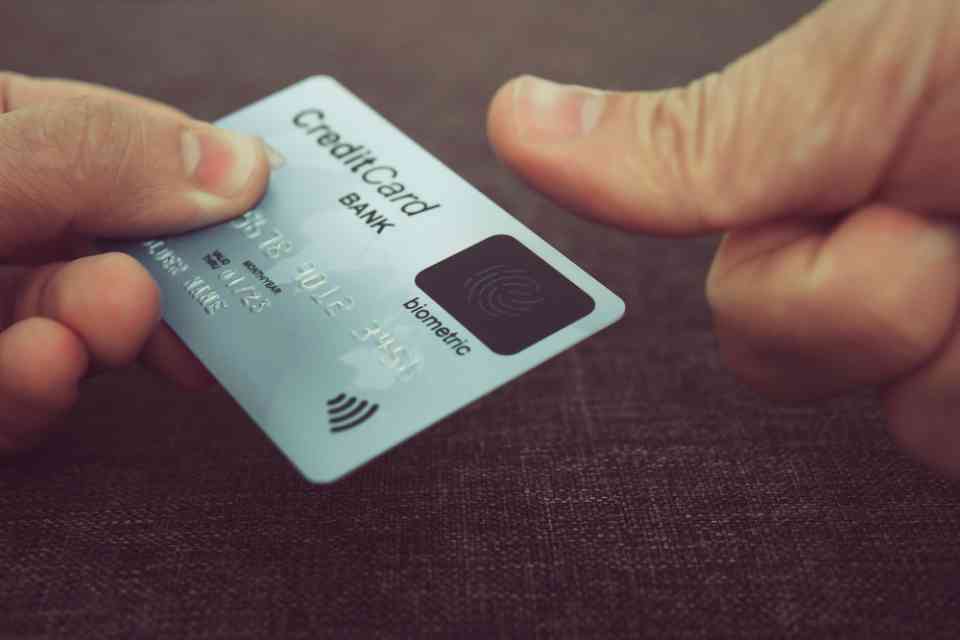Global Market for Biometric Payment Cards to Grow to $5.8 Billion by 2030

In 2017, Visa reported that 65% of American consumers were familiar with biometrics, and nearly 86% were interested in using biometrics for identity verification and payments. However, initial attempts to introduce biometric credit cards in Europe faced significant hurdles, primarily due to the user experience.
One major issue was the requirement for cardholders to visit a bank to register their fingerprints on the biometric card. This requirement was at odds with modern banking practices, where most transactions and account management are done online or via mobile apps. SmartMetric’s President and CEO, Chaya Hendrick, pointed out that requiring a bank visit for fingerprint enrollment set these trials up for failure from the start.
Another problem was the need for the card to draw power from the card reader to activate the fingerprint sensor. This meant the card had to be fully inserted into the reader, preventing the cardholder from accessing the fingerprint sensor, thus rendering the card unusable in many situations. Hendrick emphasized that these power-dependent cards were impractical for many common uses.
SmartMetric has addressed these issues with its innovative biometric card, which features an internal rechargeable battery. This allows users to enroll their fingerprints securely at home, similar to how fingerprints are registered on smartphones. The card scans and matches the user’s fingerprint before being inserted into any card reader, making it compatible with all types of readers, including contactless and ATM readers.
The global market for biometric payment cards was valued at $74.4 million in 2021 and is expected to grow to $5.8 billion by 2030, with a CAGR of 62.5% from 2022 to 2030. SmartMetric is optimistic about the future demand for its biometric fingerprint detection and activation cards, which offer enhanced security and convenience.
SmartMetric’s biometric fingerprint-scanning credit card is unique in the market. It is the first card with an inbuilt rechargeable battery, enabling its use with any credit card reader. The card also features a sophisticated sensor that can detect live fingerprints, preventing fraud from fake fingerprints.
Chaya Hendrick described the fingerprint-activated biometric credit card as a major advancement in anti-fraud technology for both banks and consumers. Years of research and development, along with significant financial investment, have resulted in a card that is simple to use, allowing users to download their fingerprints at home without the inconvenience of visiting a bank.
Despite the rise of alternative payment methods, credit and debit cards remain the dominant form of payment, accounting for the vast majority of transactions. SmartMetric’s advanced biometric card technology aims to enhance the security and usability of these ubiquitous payment methods, offering a substantial leap forward in the fight against credit card fraud.
Have you read?
Countries: Women in the workforce.
Countries: Personal space.
World’s Most (And Least) Religious Countries.
Best Countries to Invest In Travel, Tourism, and Hospitality.
Most Forested Countries In The World.
Bring the best of the CEOWORLD magazine's global journalism to audiences in the United States and around the world. - Add CEOWORLD magazine to your Google News feed.
Follow CEOWORLD magazine headlines on: Google News, LinkedIn, Twitter, and Facebook.
Copyright 2025 The CEOWORLD magazine. All rights reserved. This material (and any extract from it) must not be copied, redistributed or placed on any website, without CEOWORLD magazine' prior written consent. For media queries, please contact: info@ceoworld.biz








